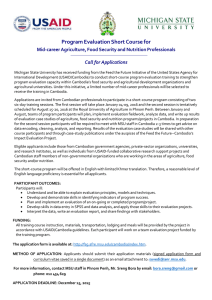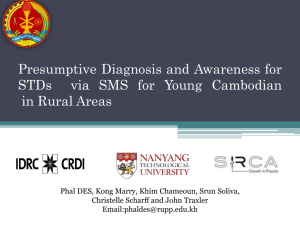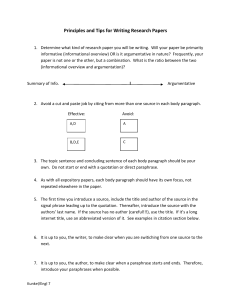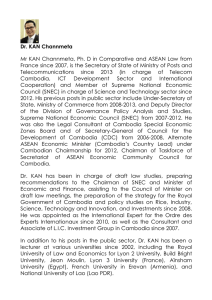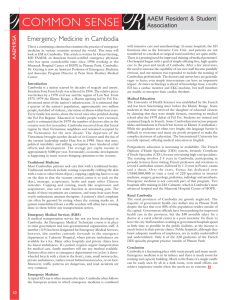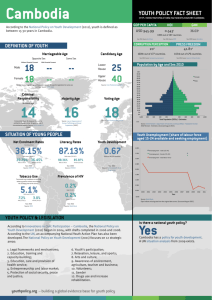Facebook Users Help Inventorize Cambodian Lanternflies
advertisement
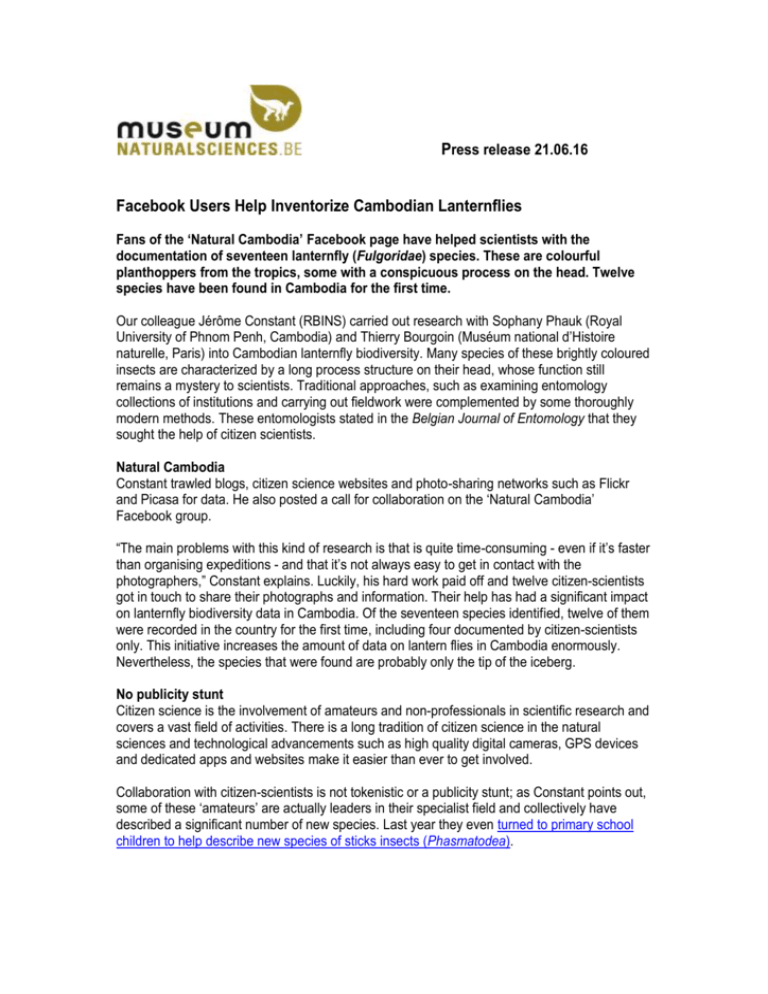
Press release 21.06.16 Facebook Users Help Inventorize Cambodian Lanternflies Fans of the ‘Natural Cambodia’ Facebook page have helped scientists with the documentation of seventeen lanternfly (Fulgoridae) species. These are colourful planthoppers from the tropics, some with a conspicuous process on the head. Twelve species have been found in Cambodia for the first time. Our colleague Jérôme Constant (RBINS) carried out research with Sophany Phauk (Royal University of Phnom Penh, Cambodia) and Thierry Bourgoin (Muséum national d’Histoire naturelle, Paris) into Cambodian lanternfly biodiversity. Many species of these brightly coloured insects are characterized by a long process structure on their head, whose function still remains a mystery to scientists. Traditional approaches, such as examining entomology collections of institutions and carrying out fieldwork were complemented by some thoroughly modern methods. These entomologists stated in the Belgian Journal of Entomology that they sought the help of citizen scientists. Natural Cambodia Constant trawled blogs, citizen science websites and photo-sharing networks such as Flickr and Picasa for data. He also posted a call for collaboration on the ‘Natural Cambodia’ Facebook group. “The main problems with this kind of research is that is quite time-consuming - even if it’s faster than organising expeditions - and that it’s not always easy to get in contact with the photographers,” Constant explains. Luckily, his hard work paid off and twelve citizen-scientists got in touch to share their photographs and information. Their help has had a significant impact on lanternfly biodiversity data in Cambodia. Of the seventeen species identified, twelve of them were recorded in the country for the first time, including four documented by citizen-scientists only. This initiative increases the amount of data on lantern flies in Cambodia enormously. Nevertheless, the species that were found are probably only the tip of the iceberg. No publicity stunt Citizen science is the involvement of amateurs and non-professionals in scientific research and covers a vast field of activities. There is a long tradition of citizen science in the natural sciences and technological advancements such as high quality digital cameras, GPS devices and dedicated apps and websites make it easier than ever to get involved. Collaboration with citizen-scientists is not tokenistic or a publicity stunt; as Constant points out, some of these ‘amateurs’ are actually leaders in their specialist field and collectively have described a significant number of new species. Last year they even turned to primary school children to help describe new species of sticks insects (Phasmatodea). Constant, Phauk and Bourgoin are keen to mention that there is more research to be done and that their findings probably only represent a fraction of the total lanternfly species in the country. The Need For Taxonomists Unfortunately, they say that a lack of trained taxonomists is hindering progress in documenting biodiversity. For many groups there is just no specialist at all! Constant clarifies, “If we only replace taxonomists approaching retirement once they’ve stopped working, we lose a great deal of knowledge and expertise. It should be obvious (but it’s not the case!) that a taxonomist approaching retirement should train a young scientist to take over… We waste knowledge, time, energy and money because we don’t plan ahead.” On a more positive note, Constant is busy, with Joachim Bresseel, another citizen-scientist, writing an inventory of Vietnamese stick insects to comprehensively document what scientists know so far, and they currently still have more than 120 new species to describe! Contact Jérôme Constant Entomologist, Royal Belgian Institute of Natural Sciences jconstant@naturalsciences.be +32 494 270663
